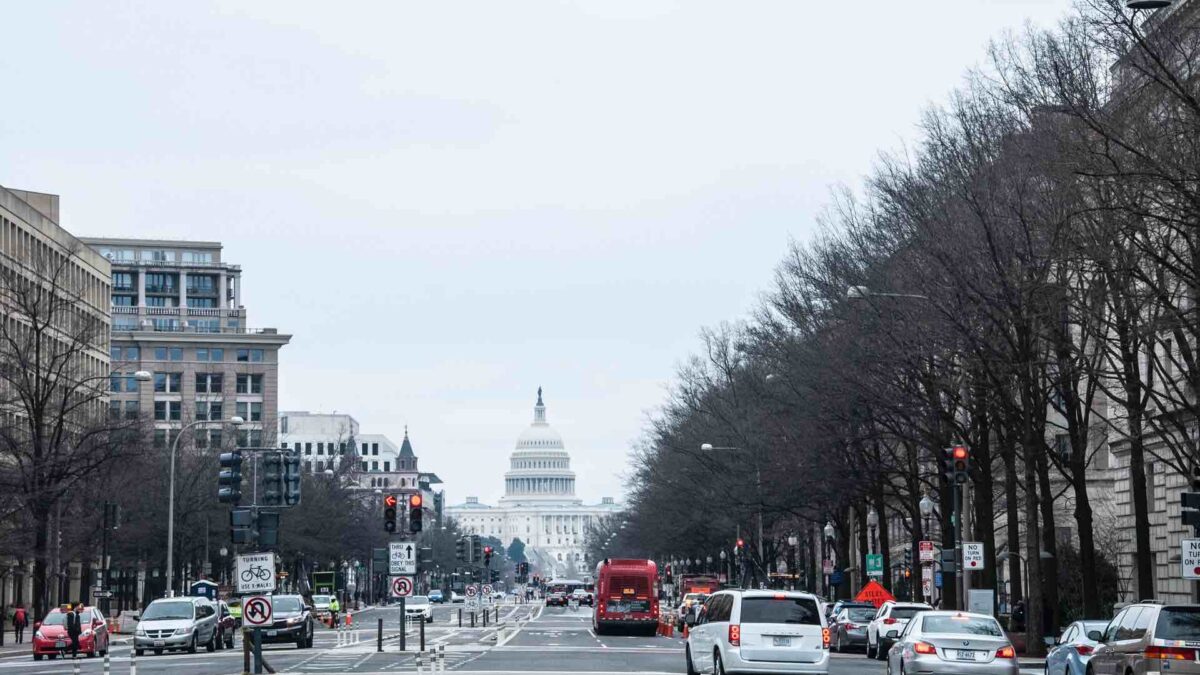Why do we need government, anyway?
Government (the PUBLIC sector) provides services that we depend on which businesses (the PRIVATE sector) either can’t provide or won’t provide because there’s no profit incentive to do so. While there are certainly niche opportunities for private businesses to make money providing services like private security and in-home care for those who can afford it, there’s simply no way to sustainably profit from providing broader public services which serve everyone, like police and fire protection, road maintenance and care for the poor and elderly.
This is important to understand because there are some points of view whose argument is that due to the government operating less efficiently than a for profit company would, then that commodity or service should be run by private business. Although plausible, this statement is misleading as there are services that wouldn’t be run privately because the business model doesn’t work. These services are therefore run publicly by the government.
US Spending in fiscal 2019 (4.4 Trillion – 62% mandatory, 30% discretionary, 8% interest)
- Social Security – 23% – $1 Trillion – Mandatory
- Medicare, Medicaid, CHIP, Veterans benefits, and marketplace subsidies – 25% – 1.1 Trillion – Mandatory
- Defense and international security assistance – 16% – $697 Billion – Discretionary
- Safety net programs – 8% – $361 Billion – Discretionary Unemployment insurance (i.e. Food stamps, Low-income housing assistance, Programs for abused and neglected children)
- Interest on debt – 8% – $375 Billion (federal debt in 2019 22,719.4 Billion)
- Benefits of federal retirees and veterans – 7-8% – Mandatory and Discretionary
- Transportation Infrastructure – 2% – Discretionary
- Education – 2% – Discretionary
- Science and Medical Research – 2%- Discretionary
- Non-security International – 1%
- All other – 4%
I’ve added government spending from Germany, China, and Norway below. Please understand that these are rough estimates (aka loose comparisons) because we can’t really trust China’s transparency, and the way expenses are categorized per country are not the same.
- Social Security and Medicare, Medicaid, CHIP, Veterans (Mandatory): US spends 48%, Germany spends 41.3%, China 22%, and Norway 38.9%
- Defense (Discretionary): US spends 16% while Germany spends 12.5%, China spends 5%, and Norway 3.7%. It would be good to find out why the US spends so much more on defense.
- Education (Discretionary): US spends 2%, Germany 5.1%, China 15%, Norway 11%. This is an interesting topic since we’re seeing a growing issue with education quality and quantity in the US. This does not include how much the individual states spend on education. I don’t know how regional/local taxes and spending work in Germany, Norway, and China. I will write a blog on Colorado’s budget to get an understanding of state level expenditures.
- Health: US spends 7-8% – Mandatory and Discretionary in benefits of federal retirees and veterans. This does not include how much the individual states spend on health. I will write a blog on Colorado’s budget to get an understanding of state level expenditures. Germany, China, and Norway all have universal healthcare. Germany spends 4.3%, China 7%, and Norway 16.8%.
- Interest on debt: US spends 8%, Germany spends 5.1%, China 3.5%, and Norway 0%. The US spends nearly a trillion more than it takes in income per year. It’s why we have such a high interest rate debt. Although there are different opinions about what the public debt means and how to handle it, our government continues to spend more than it takes in regardless which political party is in power. The debt deficit by president.
Germany Spending
- Labor and Social Affairs – 41.3%
- Defense – 12.5%
- Transportation and Digital Infrastructure – 8.3%
- Education and Research – 5.1%
- Federal Debt – 5.1%
- Internal Affairs, Construction, and Community – 4.3%
- Health – 4.3%
- General Financial Administration – 4.3%
- Family Affairs, Senior Citizens, women and youth – 3.3%
- Economic Cooperation – 2.9%
- Economic Affairs and Energy – 2.5%
- Other – 7.6%
China Spending (Defense is about 5%)
- Education – 15%
- Social Security – 12%
- Culture, Oil Reserves – 12%
- Urban and Rural Development – 10%
- Agricultural, forestry – 9%
- General Public Services – 8%
- Health – 7%
- Public Security – 6%
- Transportation – 5%
- Science, tech – 4%
- Debt Service costs – 3.5%
- Environment – 3%
- Housing Security – 3%
- Energy Exploitation – 2%
Norway Spending
- General public services – 8.9%
- Defense – 3.7%
- Public order and safety – 2.4%
- Economic affairs 11.5%
- Environment protection 1.8%
- Housing and community amenities 1.6%
- Health – 16.8%
- Recreation, culture and religion 3.5%
- Education – 11%
- Social protection 38.9%
After taking the time to understand where the federal spending is being allocated it’s clear that healthcare spending is mandatory and will continue to increase with the aging baby boomer population. I can see why Affordable Care Act was created. It’s the only solution that has been passed by congress. Regardless of party affiliation it seems in our best interest to make it work. Purely for the sake of satisfying its primary purpose of lowering the federal government spending on healthcare.
Where does our federal tax spending go?


Stay connected